Peter Granser – J´ai perdu ma tête
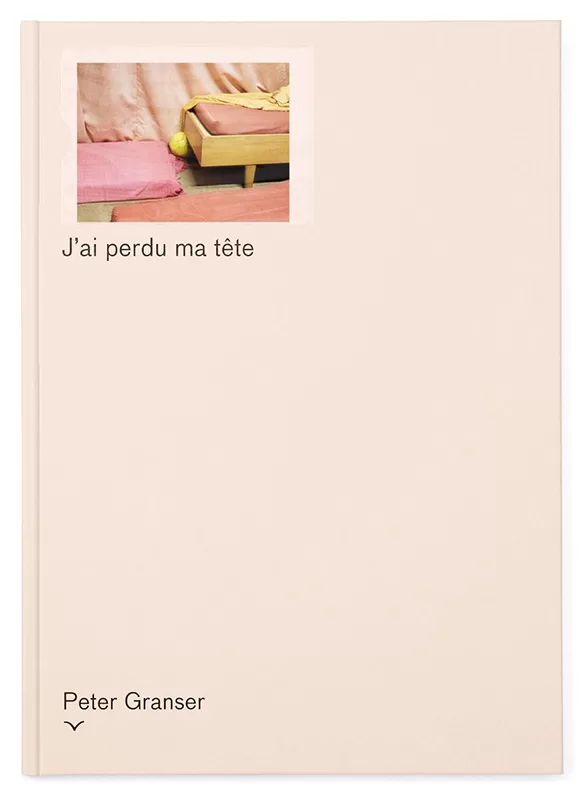
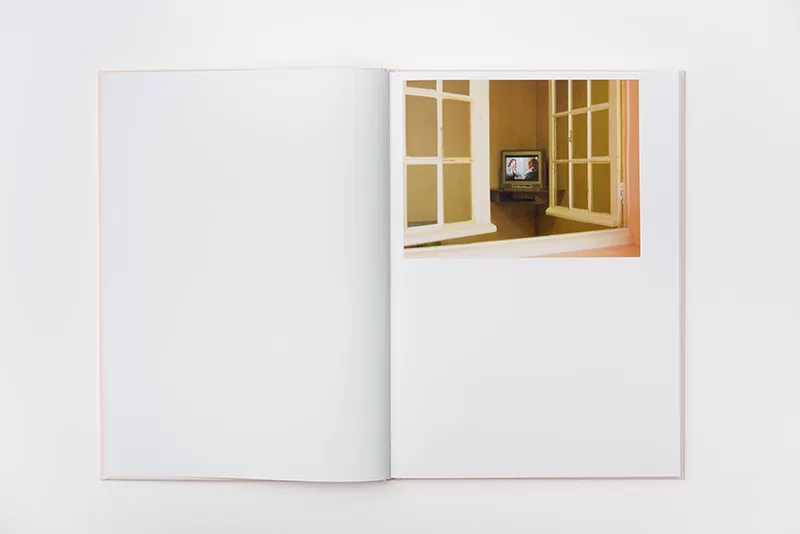

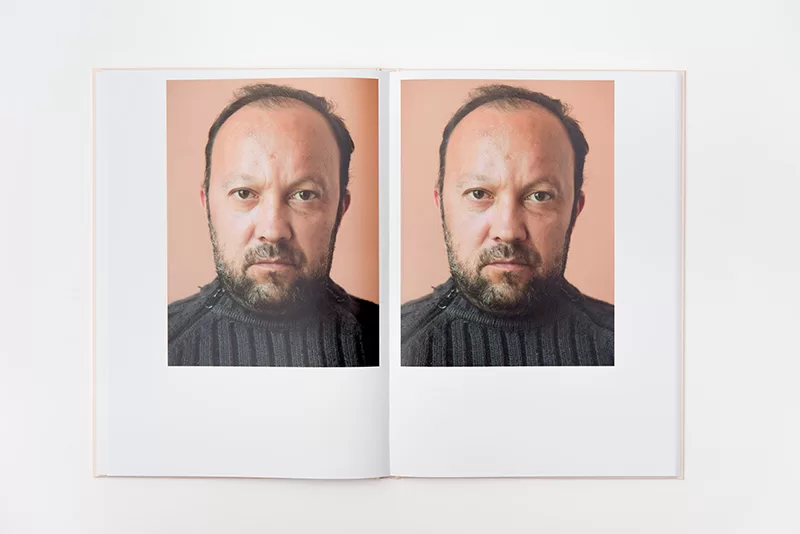
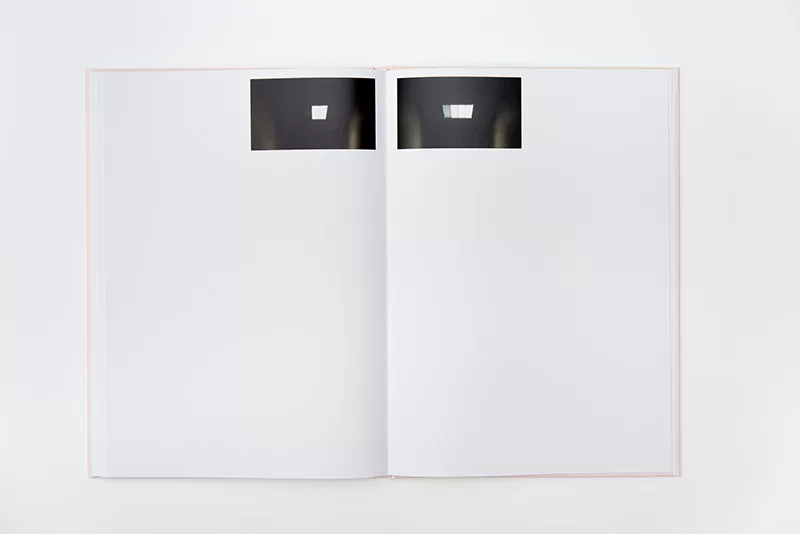
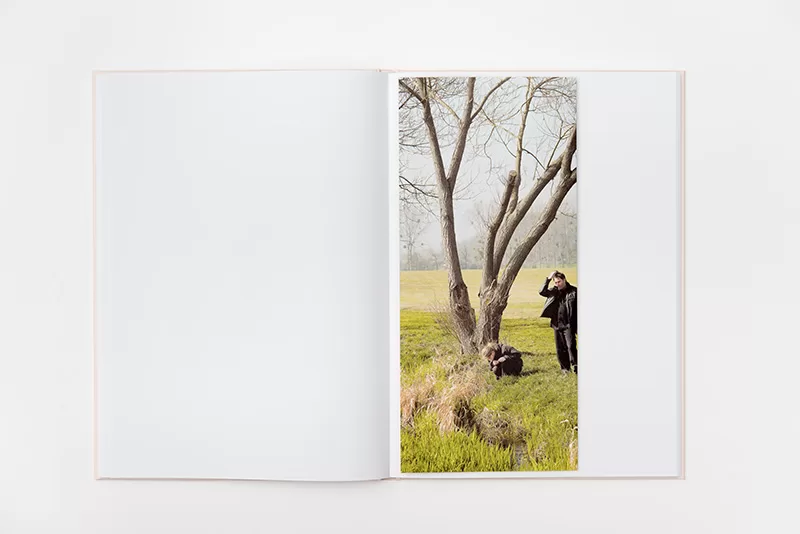
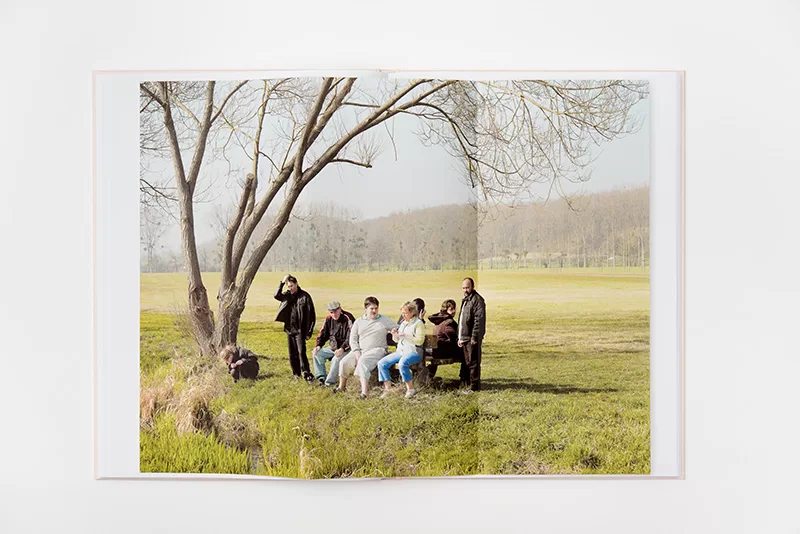
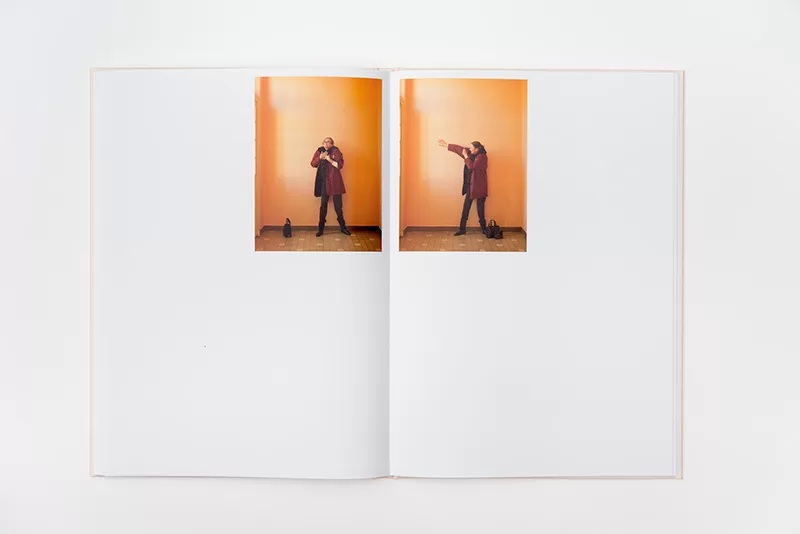

Artist: Peter Granser
Title: J´ai perdu ma tête
Publisher: Edition Taube / Marraine Ginette Éditions
Year: 2014
BUY
J’ai perdu ma tête presents a touching insight into a world, and a way of encountering the world, of being with people which is often lacking in what we know of as a fast paced media driven culture. In a culture which perpetuates a fascination with the ‘other’ as a presence to be feared, Granser’s images carry an innate sense of humanity – showing a tender respect for human beings which could easily have been missed from such a series. The images open up worlds, which for many are unknown, and shows a familiarity with the people included in a manner similar to candid family snapshots.
It is well placed with an increasing awareness of mental health issues, the book shows an understanding that these need not be the isolating experience which has been all to often passed down through generations. In this sense, the book asks us to think about how we might consider ourselves.
Quirks and humour are shown in an articulate fashion and coupled with images which bring a needed gravitas and balance. It can be difficult to make photographs and work which deal with people often labelled as vulnerable and ‘other’ which adds to a certain sense of taboo, but Granser’s work has dealt with this precisely by not focussing on this; instead focussing on the people and similarities and differences which occur in anyone by giving us images which not only deflect this taboo, but also deflate it; it doesn’t trivialise or increase the surrounding issues, it works with them.
The book physically perpetuates this feeling further, making good use of pull out images, varying image placements and a use of negative space which is reminiscent of a family album or scrapbook. Some simple techniques throughout the book are very powerful – the series over a few pages featuring small images of a light and the continually featured portraits of individuals against the blank wall are noteworthy in this way.
The feel of the book with its slightly soft warm coloured cover with the image slotted into a pocket continue this. Whilst many photographers might shy away from making a book which appears so personally made, Granser’s work has gained strength and momentum from this. Finally, J’ai perdu ma tête has, through this work, introduced us to another aspect of what makes us human beings.
